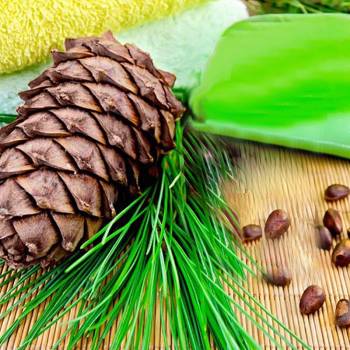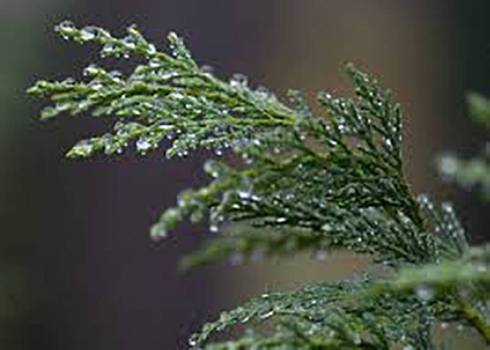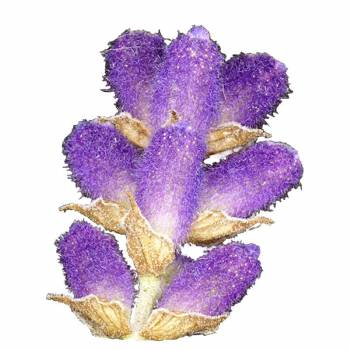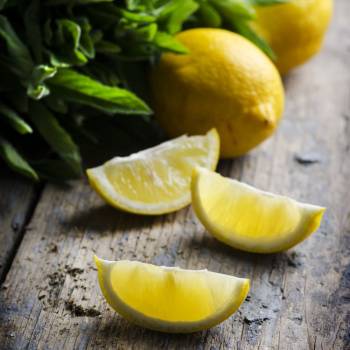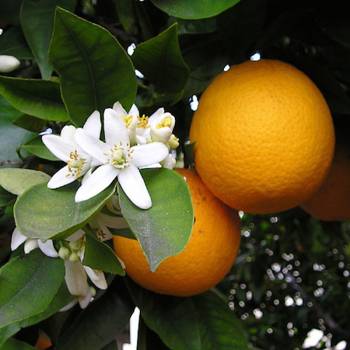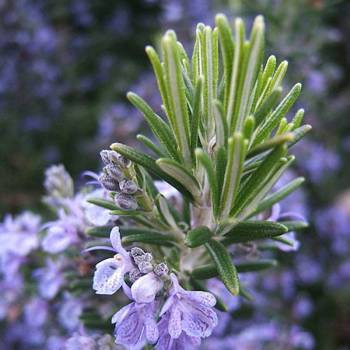Welcome Sign in
Product successfully added to your shopping cart
There are 0 items in your cart. There is 1 item in your cart.
Amyris (Amyris balsamifera)
Originating in North America, amyris is a flowering shrub that was mistaken for sandalwood until the late 19th century. Along with other plants that have high resin content, amyris is commonly referred to as a "torchwood" or “candlewood” due to its essential oil-saturated wood, which burns like a candle.
New
Data sheet
| County of Origin | Haiti, Jamaica |
| Therapeutic Properties | Anti-anxiety, Anti-septic, Cicatrisant, Sedative |
| Botanical Family | Rutaceae |
| Chemical Family | Sesquiterpenes, Sesquiterpenols |
| Approx. Shelf Life | 8 years |
| Plant Parts | Wood |
| Note Classification | Base |
| Method of Extraction | Steam Distilled |
| Blends well with | Cedarwood, Citronella, Cypress, Ginger, Jasmine, Lavender, Lemon, Orange, Rosemary, Rosewood, Sandalwood, Ylang Ylang |
| GC/MS | Available upon request |
More info
History: Believed to be sandalwood up to the late 1880s, amyris shares much with its fellow fragrant woody plant, though it has a pleasantly dry and subtle aroma of its own. In 1886, Amyris' scientific name was changed because it was not a species of sandalwood. The wood used in fires was so saturated with oil that it burned very easily like candles or torches. Its lightly lingering scent makes it a perfect base for perfumes and incense, and contributes to its popularity as an aid in meditation. In line with its soothing qualities, amyris is also used to ease sleeplessness and guide the restless to slumber. Additionally, research shows that it helps ward off insects, including ticks and mosquitos, thanks to one of its key components, elemol. Warm, earthy and inviting, amyris, with its sweet and balsamic qualities, is ideal for those seeking moments of calmness and clarity.
Characteristics: Medium strength. Warm, woody and slightly sweet in scent.
Clinical Studies:
Indications: Used for lymphatic and veinous decongestant, to support the heart (tonic) and to treat hemorrhoids. It also helps to deepen the breath and loosens tight muscles.
Personality Profile:
Subtle Aromatherapy:
Mode of Administration: Bath (may need fixed oil), inhaler, light bulb ring, massage, mist spray, steam inhalation.
Safety: Untested, skin sensitizer.



